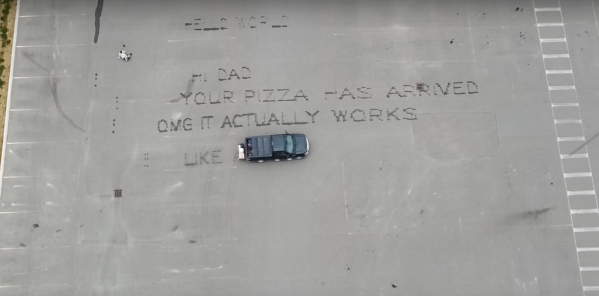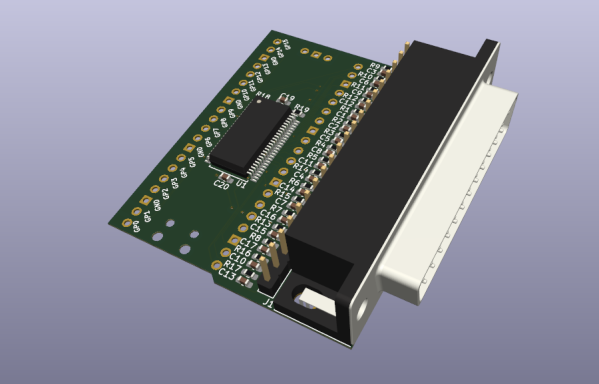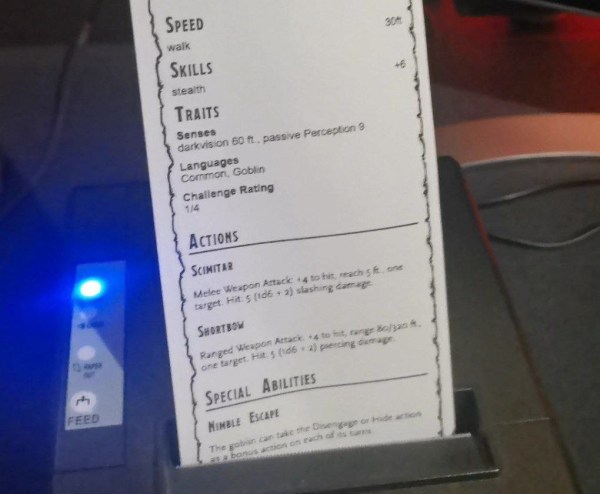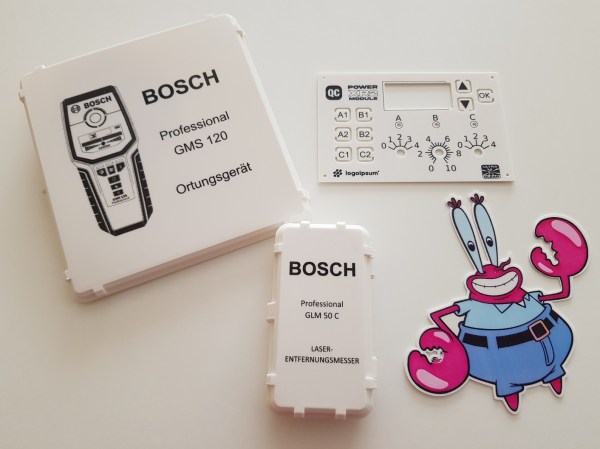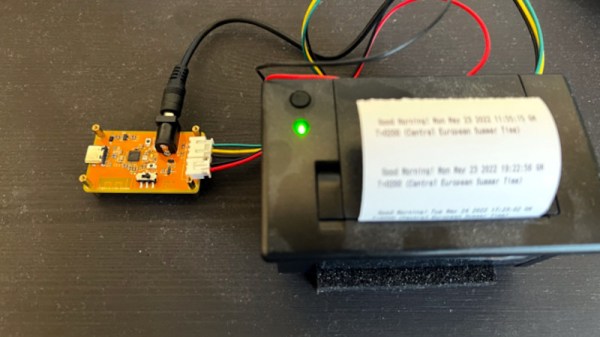“Have you tried turning it off and on again?” is a common tech support maneuver that everyone already seems to know and apply to just about all the wonky tech in their life. But would you tell someone to apply it to a reservoir? Someone did, and with disastrous results, at least according to a report on the lead-up to the collapse of a reservoir in the city of Lewiston, Idaho — just across the Snake River from Clarkston, Washington; get it? According to the report, operators at the reservoir had an issue crop up that required a contractor to log into the SCADA (supervisory control and data acquisition) system running the reservoir. The contractor’s quick log-in resulted in him issuing instructions to local staff to unplug the network cable on the SCADA controller and plug it back in. Somehow, that caused a variable in the SCADA system — the one storing the level of water in the reservoir — to get stuck at the current value. This made it appear that the water level was too low, which lead the SCADA system to keep adding water to the reservoir, which eventually collapsed.
printer146 Articles
Is This The World’s Largest Dot Matrix Printer?
[RyderCalmDown] was watching a road painting vehicle lay down fresh stripes on the road one day and started thinking about the mechanism that lets it paint stripes in such a precise way. Effectively the system that paints the interspersed lines acts as a dot matrix printer that can only print at a single frequency. With enough of these systems on the same vehicle, and a little bit more fine control of when the solenoids activate and deactivate, [RyderCalmDown] decided to build this device on the back of his truck which can paint words on a roadway as he drives by. (Video, embedded below.)
Of course, he’s not using actual paint for this one; that might be prohibitively expensive and likely violate a few laws. Instead he’s using a water-based system which only leaves temporary lettering on the pavement. To accomplish this he’s rigged up a series of solenoids attached to a hitch-mounted cargo rack. A pump delivers water to each of the solenoids, and a series of relays wired to a Raspberry Pi controls the precise timing needed to make sure the device can print readable letters in much the same way a dot matrix printer works. There’s an algorithm running that converts the inputted text to the pattern needed for the dot matrix, and after a little bit of troubleshooting it’s ready for print.
Even though the printer works fairly well, [RyderCalmDown] had a problem thinking of things to write out on the roadways using this system, but it’s an impressive build based around a unique idea nonetheless. Dot matrix printers, despite being mostly obsolete, have a somewhat vintage aesthetic that plenty of people still find desirable and recreate them in plenty of other ways as well, like this 3D printer that was modified to produce dot matrix artwork.
Continue reading “Is This The World’s Largest Dot Matrix Printer?”
Hackaday Links: March 12, 2023
With a long history of nearly universal hate for their products, you’d think printer manufacturers would by now have found ways to back off from the policies that only seem to keep aggravating customers. But rather than make it a financially wiser decision to throw out a printer and buy a new one than to buy new ink cartridges or toners, manufacturers keep coming up with new and devious ways to piss customers off. Case in point: Hewlett-Packard now seems to be bricking printers with third-party ink cartridges. Reports from users say that a new error message has popped up on screens of printers with non-HP cartridges installed warning that further use of the printer has been blocked. Previously, printers just warned about potential quality issues from non-HP consumables, but now they’re essentially bricked until you cough up the money for legit HP cartridges. Users who have contacted HP support say that they were told the change occurred because of a recent firmware update sent to the printer, so that’s comforting.
Building A Fake Printer To Grab Screenshots Off The Parallel Port
[Tom Verbeure] recently found himself lamenting the need to take screen grabs from an Advantest R3273 spectrum analyzer with a phone camera, as the older gear requires you to either grab tables of data over an expensive GPIB interface card, or print them to paper. Then he realized, why not make a simple printer port add-on that looks like a printer, but sends the data over USB as a serial stream?
On the hardware side, the custom PCB (KiCAD project) is based on the Raspberry Pi Pico. Obvious form factor issues aside ([Tom] did revise the PCB to make it smaller) this is a shrewd move, as this is not a critical-path gadget so using the Pico as a USB-to-thing solution is a cost-effective way to get something working with minimal risk. One interesting design point was the use of the 74LVC161284 special function bus interface that handles the 5 V tolerance that the RP2040 lacks, whilst making the project compliant with IEEE-1284 — useful for the fussier instruments.
Using the service manual of the Sharp AP-PK11 copier/printer as a reference, [Tom] again, shows how to correctly use the chip, minimizing the design effort and scope for error. The complete project, with preliminary firmware and everything needed to build this thing, can be found on the project GitHub page. [Tom] does add a warning however that this project is still being worked on so adopters might wish to bear that in mind.
If you don’t own such fancy bench instrumentation, but grabbing screenshots from devices that don’t normally support it, is more your thing, then how about a tool to grab Game Boy screenshots?
A Dungeon Master With A Thermal Printer
The thermal printer is ubiquitous in today’s world, mostly found whenever we have to get a receipt from somewhere. They’re cheap, fast, and easy to use. Not only that, though, but as [Daniel] found out, they’re also pretty straightforward to re-program and use for other things than a three-foot-long receipt from a drug store. He’s adapted them to serve as a key tool of the dungeon master in his D&D games.
While he has adapted the most common thermal printer standard, the Epson Standard Code, the real fun of this project is in the user interface. He’s made it possible to build templates and other D&D-oriented sheets quickly via HTML, so the dungeon master can print out character sheets, items from the game, maps, or anything else they might possibly need at the time. It’s all highly configurable to whatever needs arise, and the interface works on Mac, Windows, and Linux.
All of the project code is located on Daniel’s GitHub page for anyone looking to try this out. Most thermal printers use this standard too, so cheap ones can easily be found and put to use as long as a roll of thermal paper is available. If the feel of thermal paper is bringing up some childhood nostalgia, it could be because you had the Game Boy Printer as a youth and are looking for ways to recapture that thermal printer magic.
Add Full-Color Images To Your 3D Prints With Toner Transfer
Toner transfer is a commonly-used technique for applying text and images to flat surfaces such as PCBs, but anybody who has considered using the same method on 3D prints will have realized that the heat from the iron would be a problem. [Coverton] has a solution that literally turns the concept on its head, by 3D printing directly onto the transparency sheet.
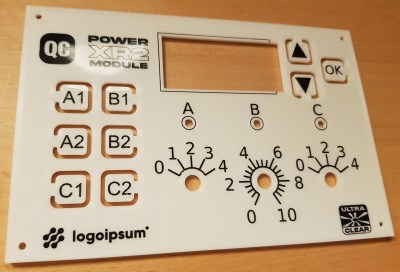
The method is remarkably straightforward, and could represent a game-changer for hobbyists trying to achieve professional-looking full-color images on their prints.
First, the mirrored image is printed onto a piece of transparency film with a laser printer. Then, once the 3D printer has laid down the first layer of the object, you align the transparency over it and tape it down so it doesn’t move around. The plastic that’s been deposited already is then removed, and a little water is placed on the center of the bed. Using a paper towel, the transparency gets smoothed out until the bubbles are pushed off to the edges.
Another few pieces of tape hold the transparency down on all corners, and the hotend height is adjusted to take into account the transparency thickness. From there, the print can continue on as normal. When finished, the image should be fused with the plastic. If it’s hard to visualize, check out the video after the break for a step-by-step guide.
There are, of course, some caveats. Aligning the transfer and the print looks a little fiddly at the moment, the transparency material used (obviously) has to be rated for use in laser printers, and it only works on flat surfaces. But on the other hand, there will be some readers who already have everything they need to try this out at home right now — and we’d love to see the results!
We’ve covered some other ways to get color and images onto 3D prints in the past, such as this hydrographic technique or by using an inkjet printhead, but [Coverton]’s idea looks much simpler than either of those. If you’re interested in toner transfer for less heat-sensitive materials, then check out this guide from a few years back, or see what other Hackaday readers have been doing on wood or brass.
Continue reading “Add Full-Color Images To Your 3D Prints With Toner Transfer”
An All-In-One Serial Printer Playground
One of the peripherals of most desire for a microcomputer-obsessed youth in the 1980s was a printer, probably a dot-matrix device. In the decades since, printers have passed into being almost a piece of discardable junk as cheap inkjets can be found in any garage sale. That’s not to say that there’s not plenty of fun to be had hacking older types though, and there are plenty of small thermal printers out there to play with. [T
On board is a level shifter for the 5 volt printer electronics and all the appropriate connectors for the printer, as well as the ESP and onboard USB interface. It’s a networked print server, but one which is entirely and completely hackable. We think the printer in question is this one sold by Adafruit.
So this board makes easier a whole host of printer-related projects, and should you try it you will no doubt finding yourself ankle-deep in little curly pieces of paper. This printer’s not the only one in town though, don’t forget the cheap Bluetooth printers!


